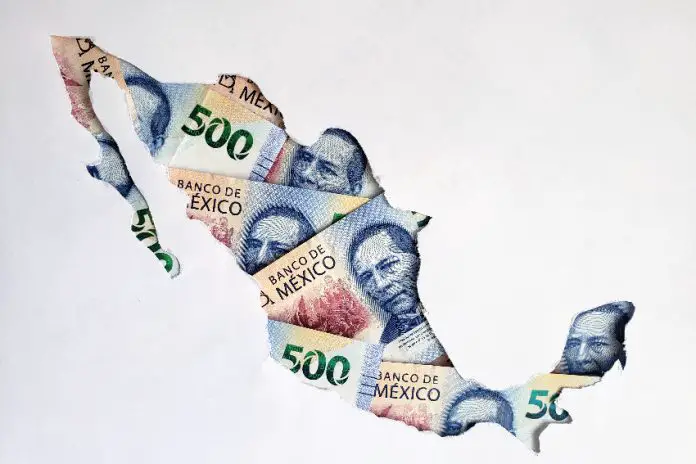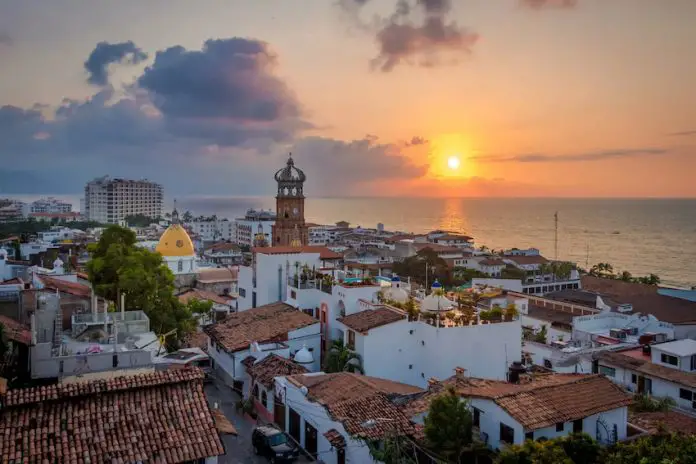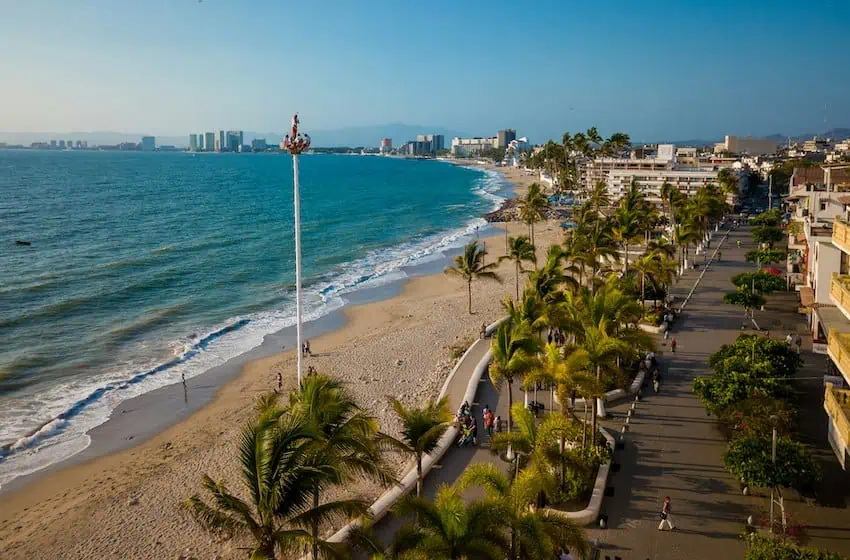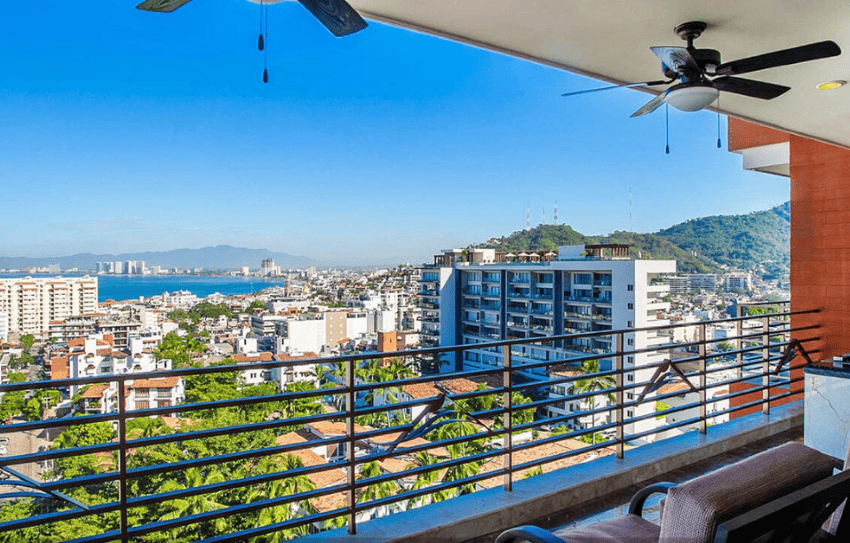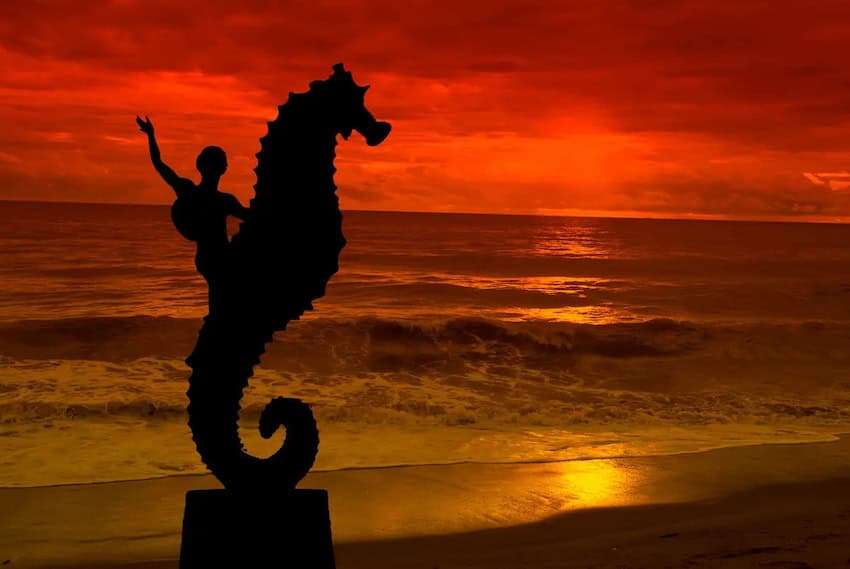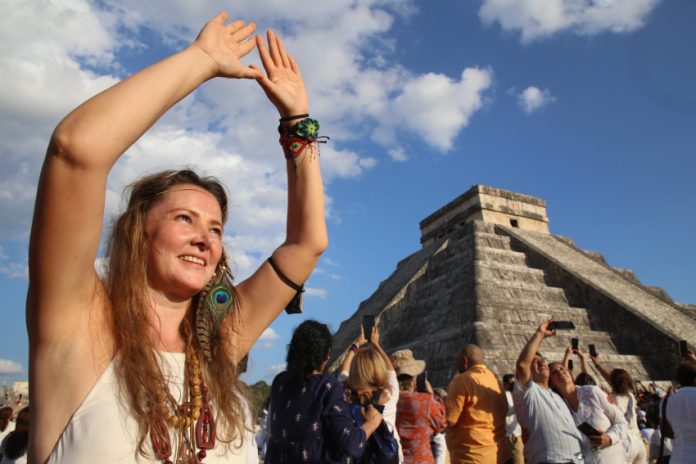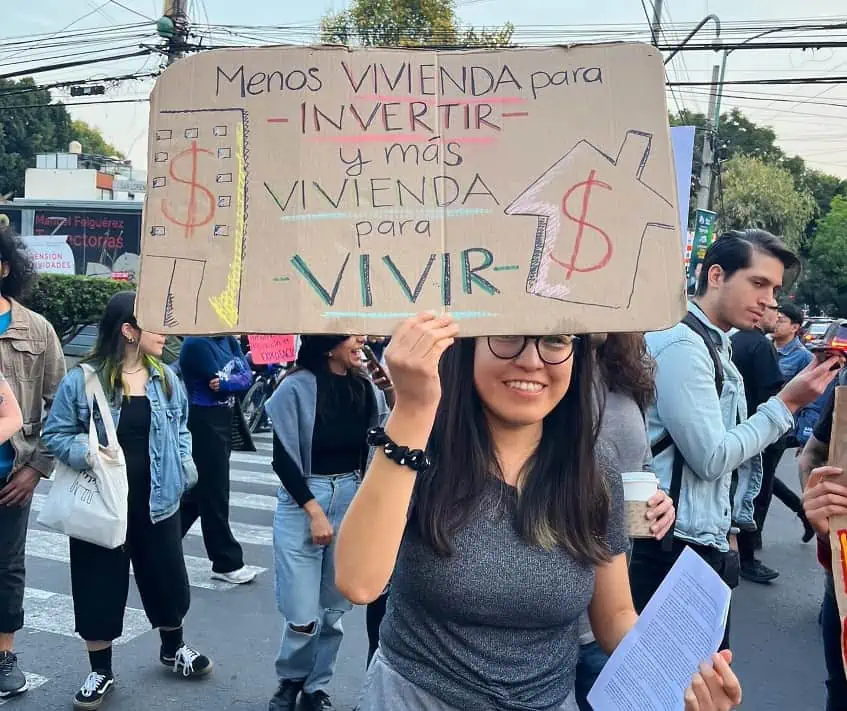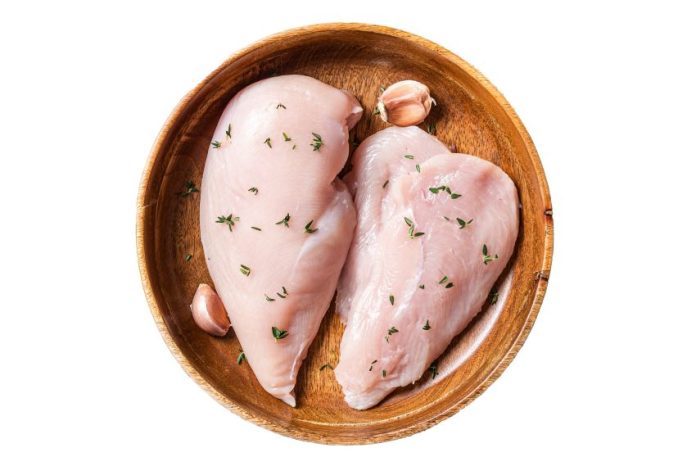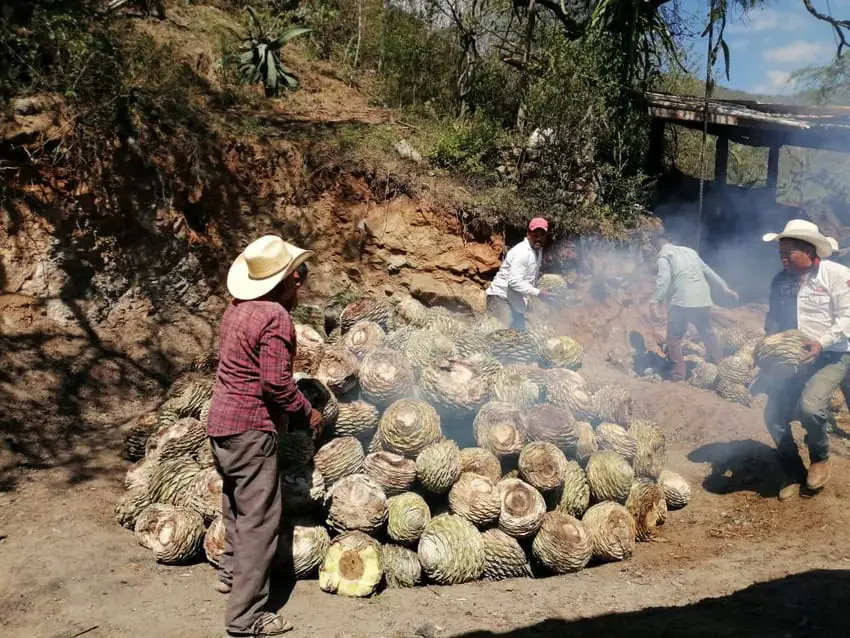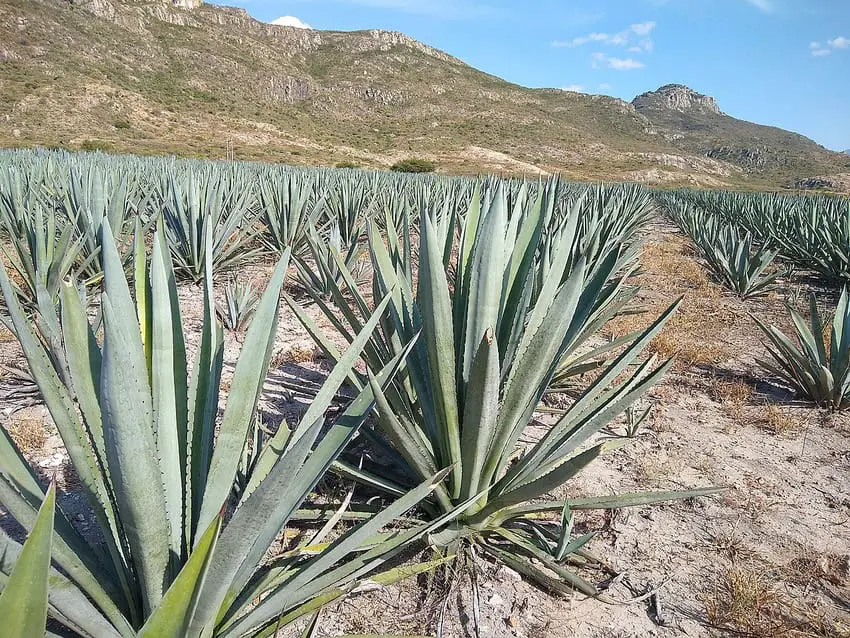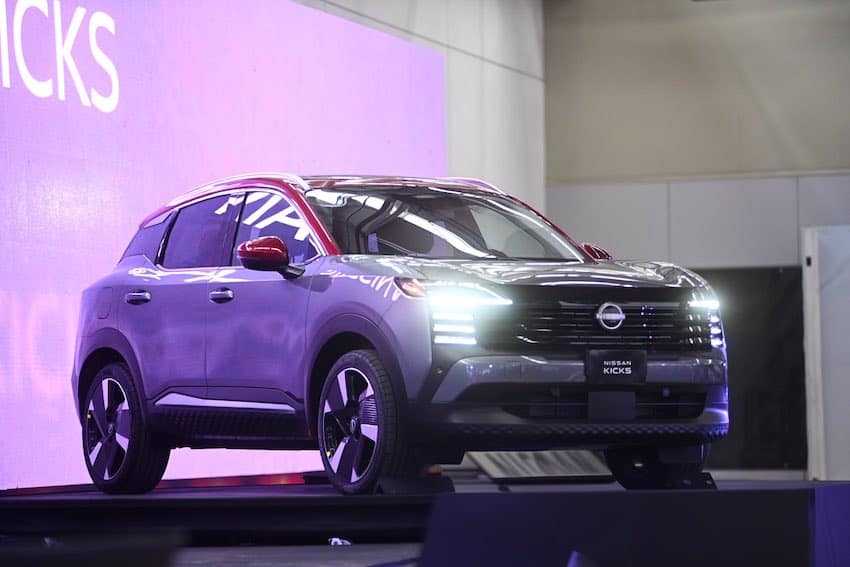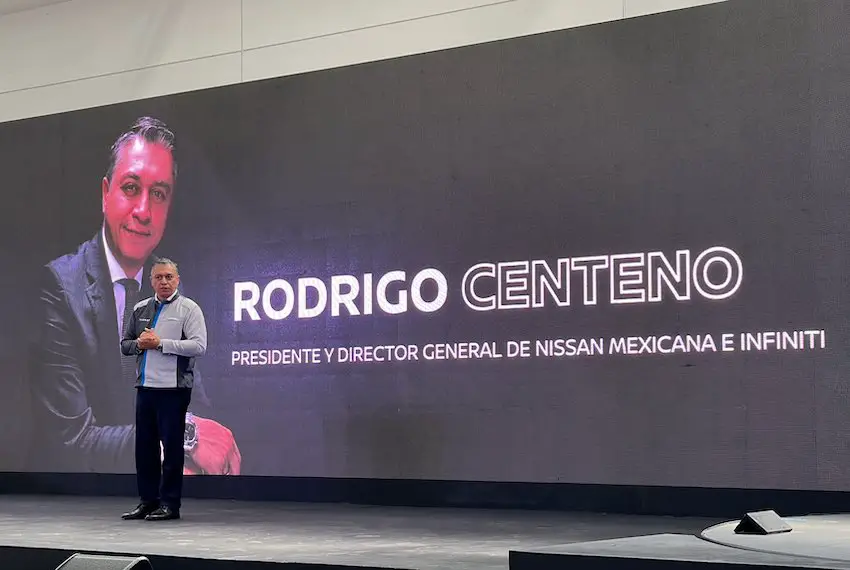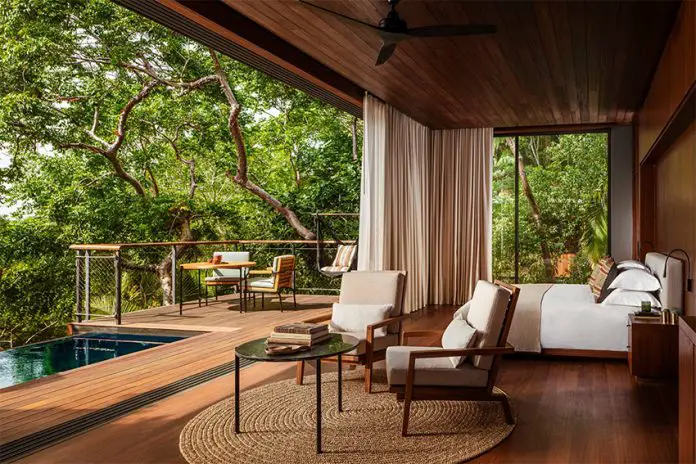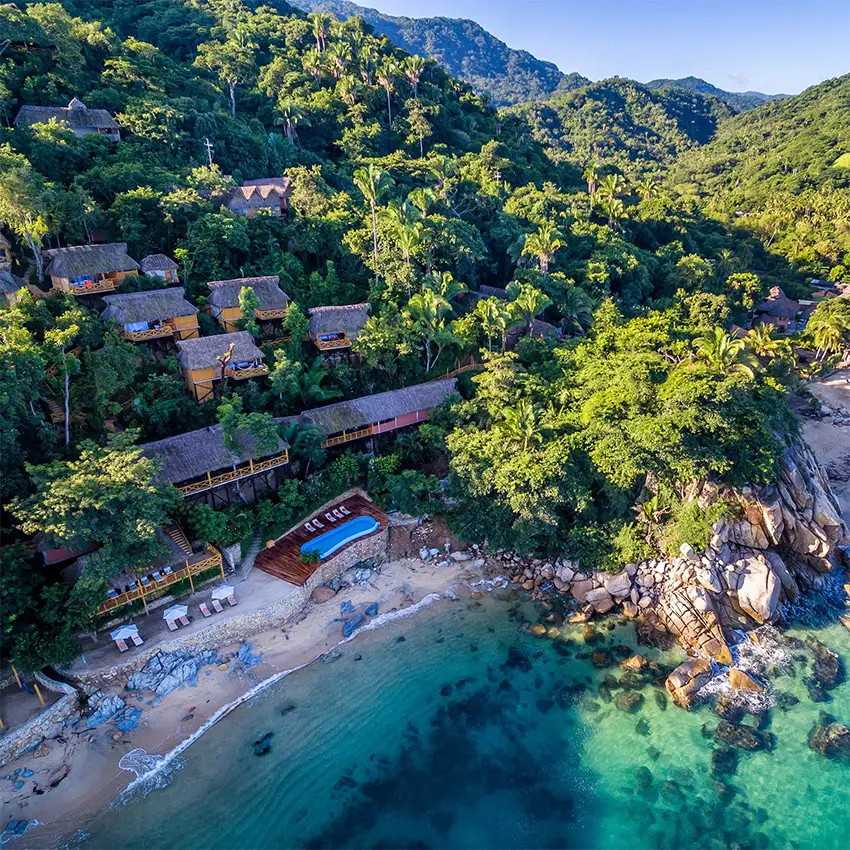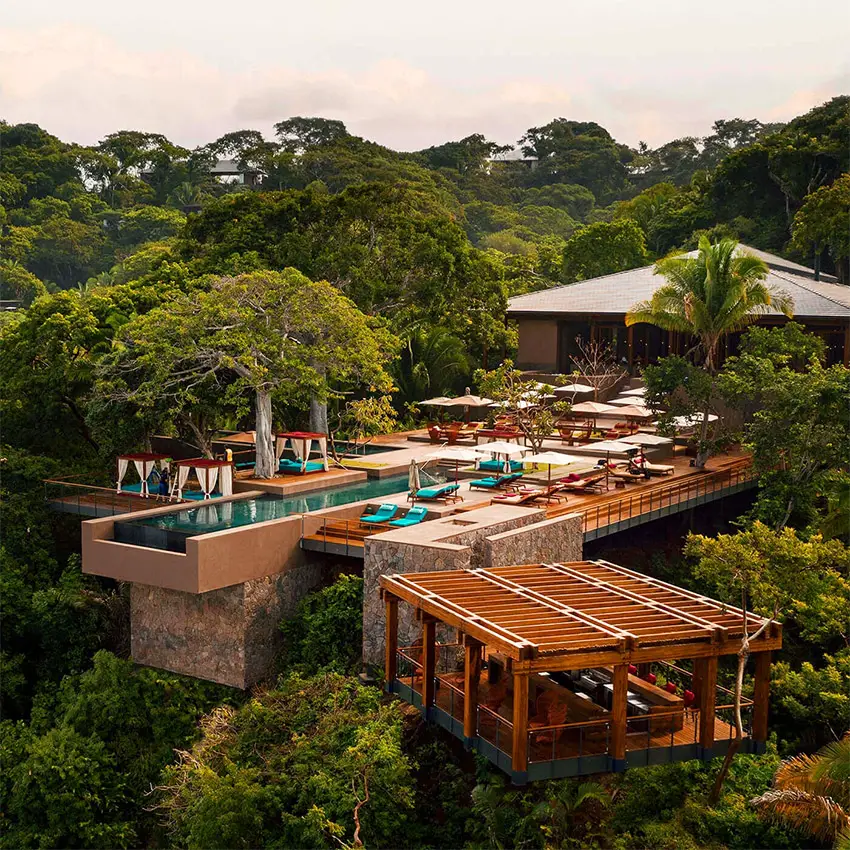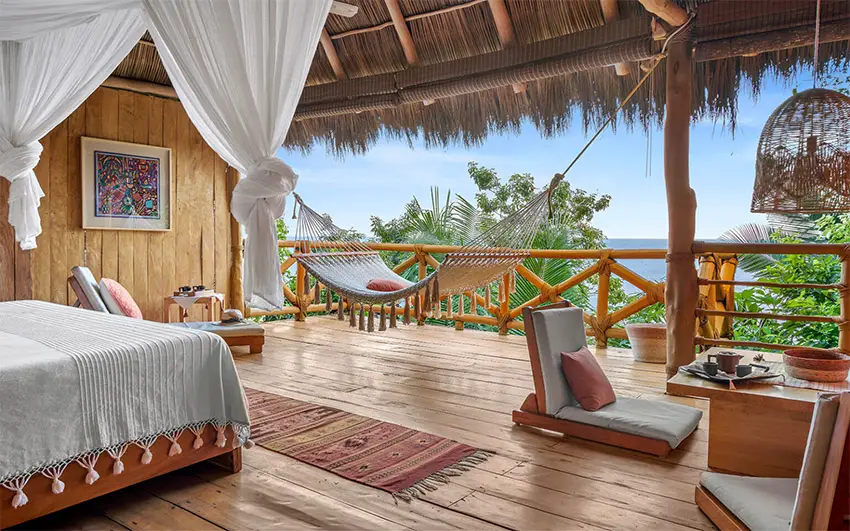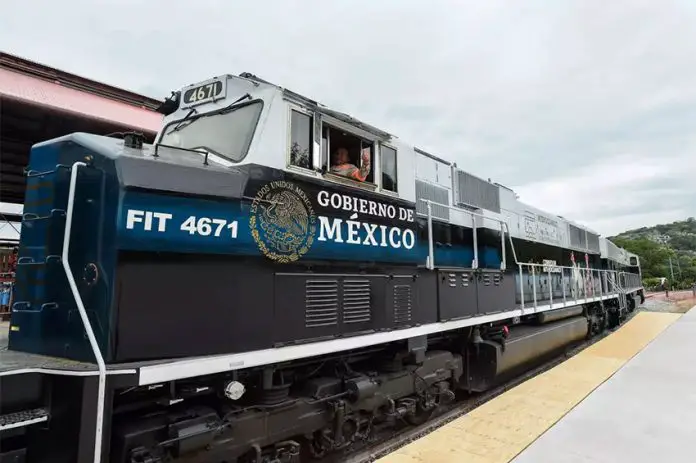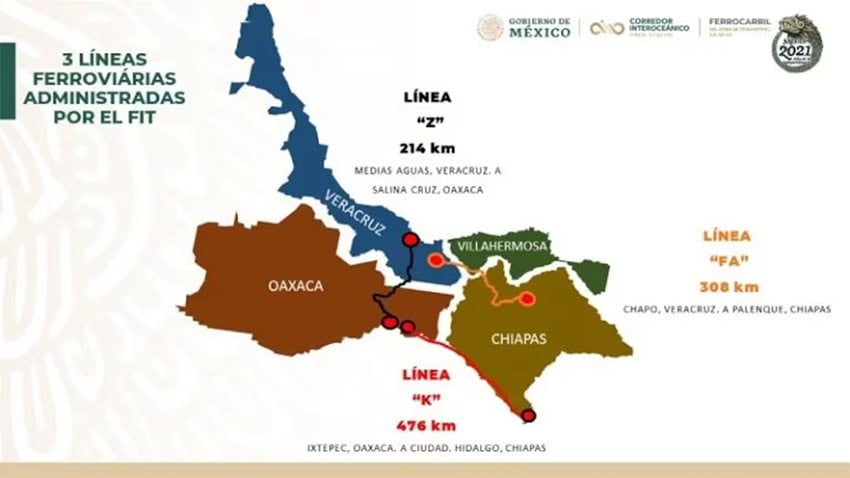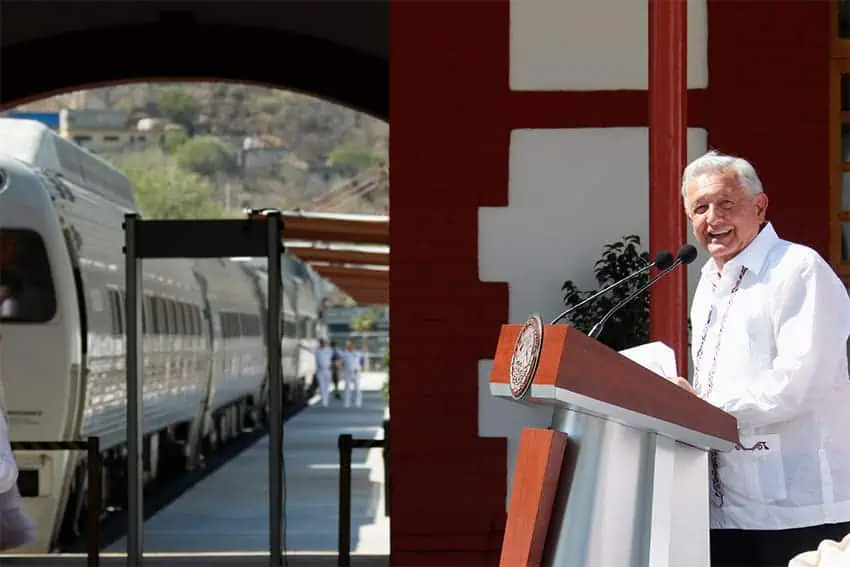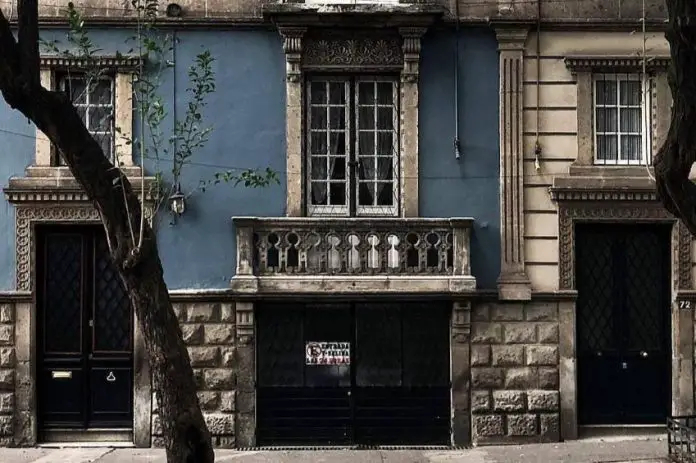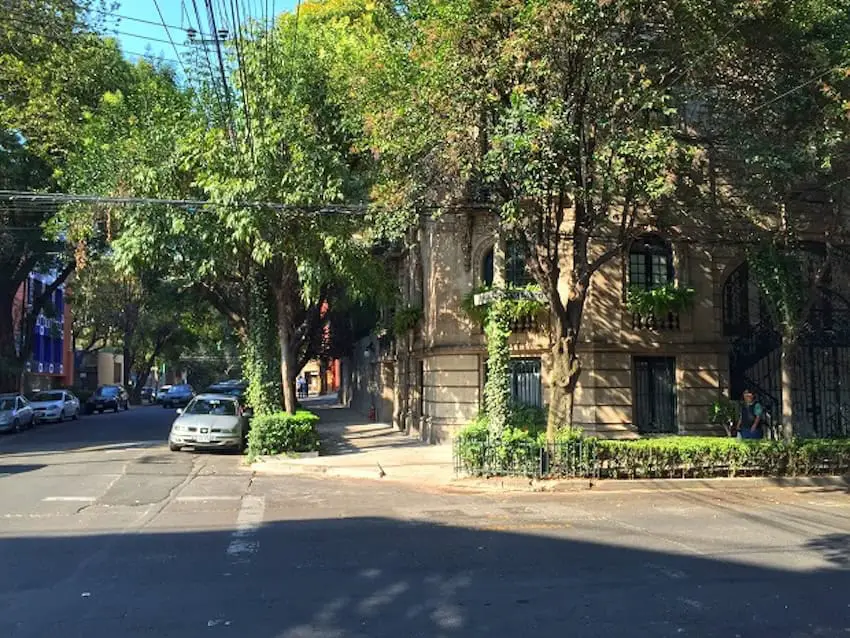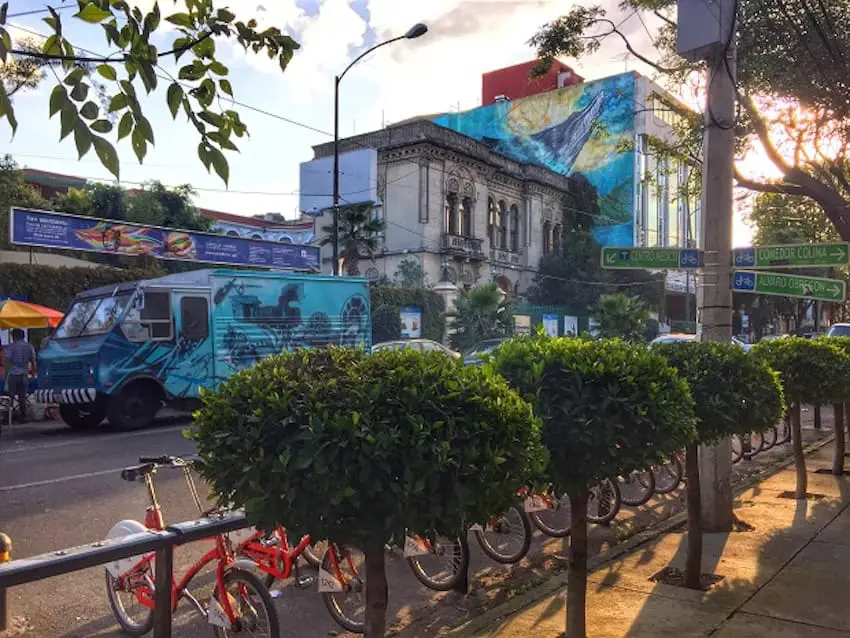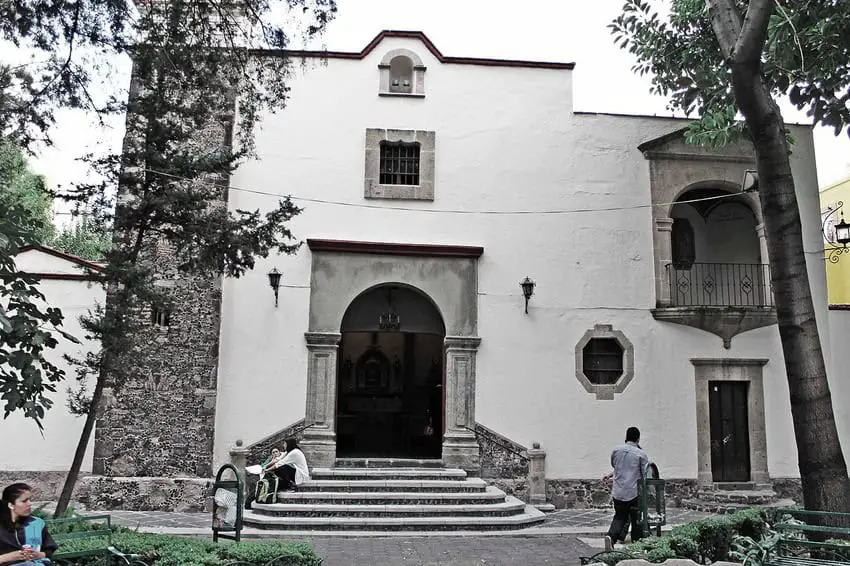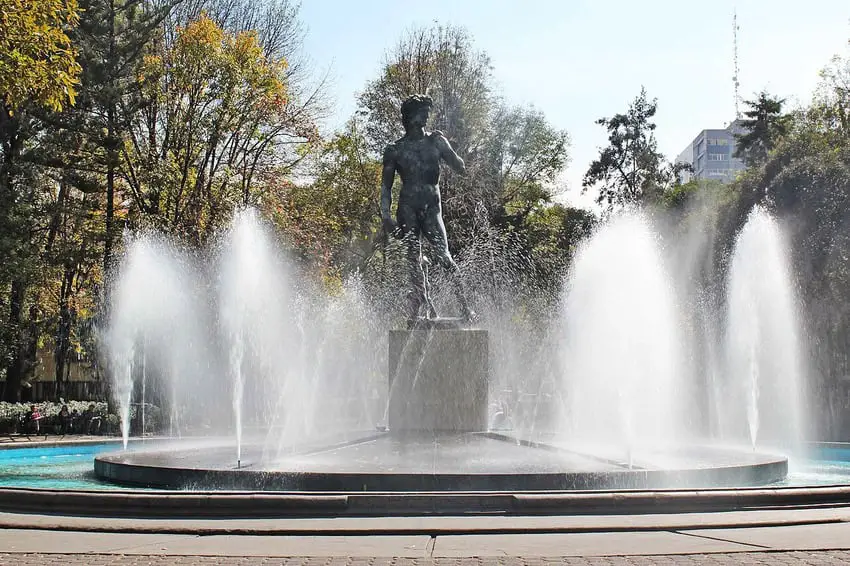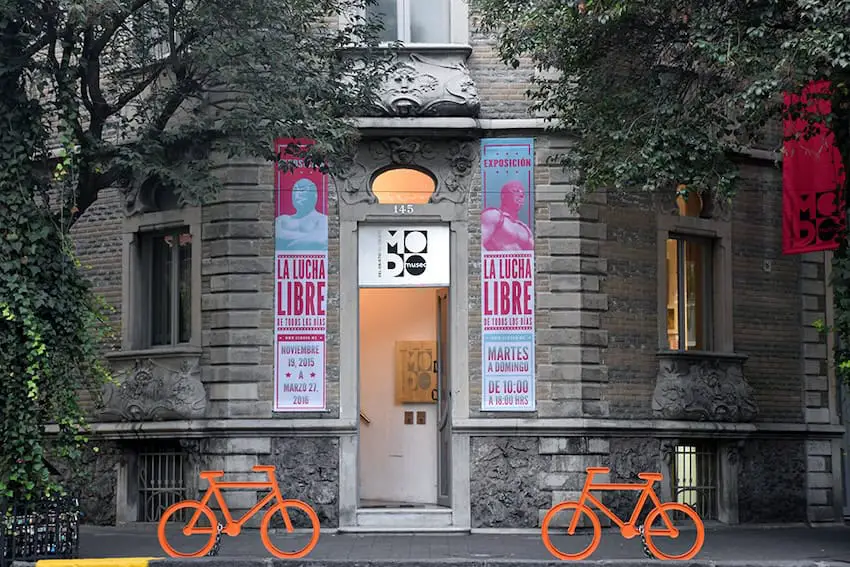I have seen a lot of movements in the Mexican peso exchange rate over the years, starting with the peso devaluation at the end of 1994 and 50% depreciation of the currency against the US dollar in 1995.
Although not quite that dramatic, the past few months have been something of a wild ride for the Mexican peso. After reaching a nine-year strong point of 16.3 pesos to the US dollar in April of this year, the peso is now hovering around 20.
It’s been a rapid weakening that has caught some by surprise after a few years of steady appreciation. So where does the peso go from here? And what should we keep an eye on?
Predicting foreign exchange movements is not an exact science, especially in the short term.
It’s important to remember that currencies move based on both economic and non-economic factors. Let’s step back for a moment and remember what the key economic drivers are that determine how one currency moves versus another.
Experts tend to look at three indicators to try to predict where one currency will go versus another: inflation rates, GDP growth rates and interest rates.
Inflation
If the inflation rate of Mexico is higher than that of the United States (as is the case currently), all else being equal, we would expect the Mexican currency to depreciate by the difference in the inflation rate between the two countries.
For example, if annual inflation is 5% in Mexico and U.S. inflation is 3%, we would expect the Mexican peso to depreciate 2% annually versus the US dollar.
Based on annual headline inflation rates, despite the fact that both Mexico and the U.S. are seeing their rates continue to decline from pandemic levels, there is still a difference of over 2 points between the two countries. This would imply that the Mexican peso will depreciate slightly versus the US dollar going forward.
GDP growth
If one country is growing faster than another, all else being equal, we would expect that country’s currency to appreciate versus the slower-growth country.
Last year, Mexico’s real annual GDP growth outpaced the U.S., at 3.2% versus 2.5%, but the latest IMF forecasts for 2024 project the U.S. economy will grow 2.6% and Mexico’s economy will grow 2.2% (though this may be optimistic based on a recent Bank of Mexico forecast). Therefore, the Mexican peso would be expected to depreciate slightly against the US dollar.
Interest rates
Currency predictions tend to be based on the movement of rates, the difference in rates between countries, and the difference between a country’s interest rates and its inflation rate, more than on the actual interest rates themselves.
For example, Mexico’s current key rate is 10.75%, while the U.S. Federal Reserve has held its benchmark rate at 5.25-5.5% since July 2023. The large difference between the two countries’ rates has attracted investor interest in the peso.
Also, the fact that Mexico’s annual headline inflation is currently at just under 5% (resulting in a relatively large difference between the interest rate and inflation rate) has strengthened the Mexican peso.
Looking backward over the past few years, when we saw appreciation in the Mexican peso, we can point to the economic factor of interest rates as one of the primary reasons the country saw an appreciation of its currency, despite higher inflation than the U.S. Some economists also point to the excitement around nearshoring having an impact.
But dramatic movements in currencies often occur due to non-economic events.
When the peso rocketed to above 25 to the US dollar in 2020, the cause was of course the COVID-19 pandemic. The recent move of the peso from around 16 to over 20 was also triggered by a non-economic event: Mexico’s elections in June and their aftermath.
Given the economic factors discussed above, we would expect the peso to continue a slow depreciation of 3-5% in the next 12 months, meaning we could see 21 pesos to the US dollar within a year.
However, it is the volatile non-economic news that will likely drive significant currency movements in the future, as has often been the case in the past.
A few examples of non-economic issues that could affect currency rates: U.S. election campaign negative rhetoric toward Mexico (likely a peso depreciation), U.S. tariff policy against Mexico (likely a peso depreciation), USMCA discussion complications (potentially a peso depreciation), or increased global tension in Ukraine or Israel (potentially a peso depreciation).
What might cause the peso to actually strengthen again?
A few examples could be the incoming Sheinbaum administration taking investor-friendly positions on renewable energy and foreign direct investment in the energy sector, increased U.S.-China tensions causing Mexico’s trade standing to improve, or improved dialogue between the incoming Mexico administration and the next U.S. administration.
Predicting currency movements is not for the faint of heart as there are many variables — both economic and non-economic — that we need to keep our eyes on to help guide our understanding.
Mexico News Daily will continue to be your front-row seat to the economic and geopolitical winds of change in Mexico.
Travis Bembenek is the CEO of Mexico News Daily and has been living, working or playing in Mexico for over 27 years.
